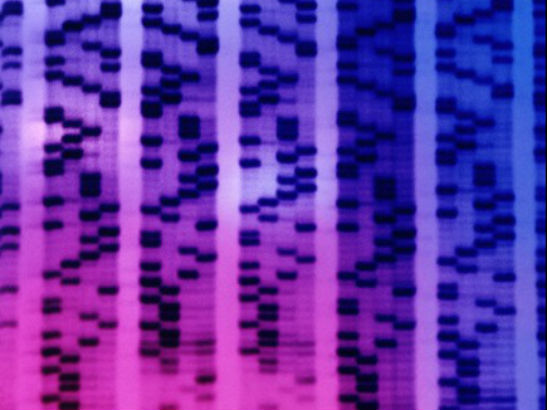A team of researchers led from The Institute of Cancer Research, London, found that 'mosaic' mutations in a gene called PPM1D are linked to an increased risk of breast and ovarian cancer – through what may be a new mechanism of cancer development. The important discovery was published in the journal Nature.
The PPM1D mutations were only found in blood cells from patients, and not in tumours themselves or in the normal breast or ovarian cells. It is possible that similar mosaic mutations – affecting some cells in the body but not others – will emerge in other genes, and in patients with other types of cancer.
Women with PPM1D mutations have a 20 per cent chance of developing breast or ovarian cancer – double the breast cancer risk and over 10 times the ovarian cancer risk of women in the general population.
The discovery could have implications for genetic testing and targeted prevention in particular for ovarian cancer, which is often diagnosed at an advanced stage.
And intriguingly, PPM1D seems to be working in a completely different way to other genes known to increase the risk of breast and ovarian cancer, such as BRCA1 and BRCA2.
We have two copies of every gene. In most cancer-causing genes a mutation in one copy is inherited and present in every cell, with the second copy mutated in the tumour itself.
However, in this case the team found PPM1D mutations were not inherited and rather than being present in every cell, were only found in blood cells.
The mutations make PPM1D overactive, which in turn reduces the action of a gene called TP53, which is the most frequently mutated gene in cancer cells.
Study leader Professor Nazneen Rahman, Head of Genetics at The Institute of Cancer Research (ICR) and of the Cancer Genetics Clinical Unit at The Royal Marsden NHS Foundation Trust, said: "This is one of our most interesting and exciting discoveries. At every stage the results were different from the accepted theories. We don't yet know exactly howPPM1D mutations are linked to breast and ovarian cancer, but this finding is stimulating radical new thoughts about the way genes and cancer can be related.
"The results could also be useful in the clinic, particularly for ovarian cancer which is often diagnosed at an advanced stage. If a woman knew she carried a PPM1D mutation and had a one in five chance of developing ovarian cancer, she might consider keyhole surgery to remove her ovaries after completing her family."
Revolutionary new sequencing technologies that allow much deeper analysis of genes were crucial to the discovery. The PPM1D mutations were only present in some cells – and this sort of mosaic pattern is difficult to detect with older sequencing methods.
The team analysed 507 genes involved in DNA repair in 1,150 women with breast or ovarian cancer, identifying PPM1D gene mutations in five women. They then sequenced the PPM1D gene in 7,781 women with breast or ovarian cancer and 5,861 people from the general population. There were 25 faults in the PPM1D gene in women with cancer and only one in the general population, a highly statistically significant difference.
Ruark, E., Snape, K., Humburg, P., Loveday, C., Bajrami, I., Brough, R., Rodrigues, DN., Renwick, A., Seal, S., Ramsay, E., et al. (2013) Mosaic PPM1D mutations are associated with predisposition to breast and ovarian cancer. Nature, Vol.493(7432), pp.406-U152 doi: 10.1038/nature11725
The study was funded by the ICR, the Wellcome Trust, Cancer Research UK and Breakthrough Breast Cancer.
